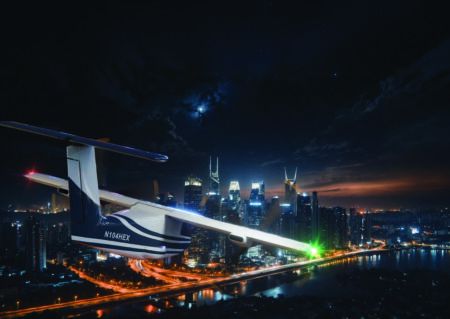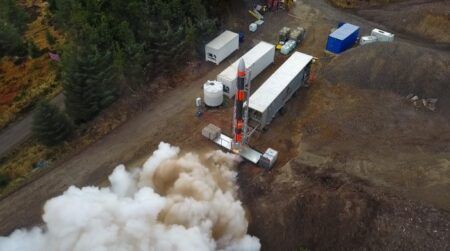Mankind has always pushed at its boundaries – to go where nobody has gone before. Today, the ambition is to explore the opportunities that may be present in space and on other planets.
When things go wrong with terrestrial aircraft, they can land and be fixed, tested and returned to operational service. Parts are mostly available whenever they are needed. However, repairing and maintaining spacecraft – whether in orbit or on a deep space mission – is a far more complex proposition. To carry out maintenance there is a choice – either carry all the tools and parts required or use technologies such as 3D printing, also known as additive manufacturing, to make the necessary spare parts and tools in space.
3D printing also offers an opportunity to develop a space-borne manufacturing industry in space. To understand how this can be achieved, and to improve the available technology, test flights are being undertaken around the world– particularly in the USA and in Europe.
On June 8, 2024 from Spaceport America in New Mexico, the Virgin Galactic 07 mission transported two payloads from the University of California, Berkeley and Purdue University into suborbital space to conduct 3D printing tests.
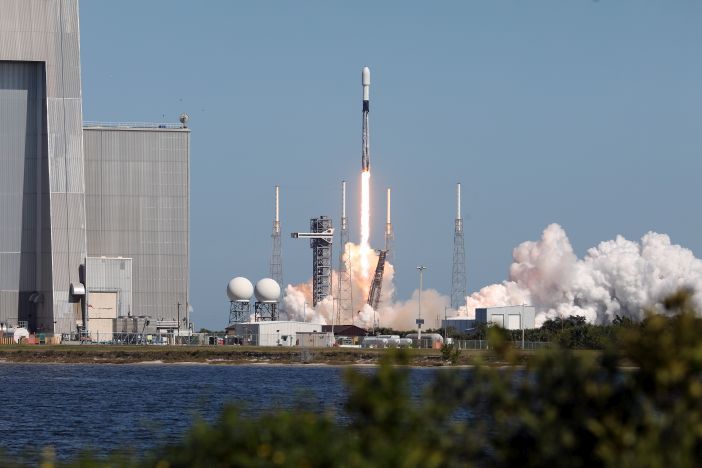
Research projects
Berkeley University’s 3D printer SpaceCAL spent 140 seconds in suborbital space in microgravity aboard Virgin Galactic’s VSS Unity spaceplane, during which time it autonomously printed and post-processed four test parts from a liquid plastic called PEGDA to assess its usefulness in space.
On the same flight, Purdue University’s experiment studied how the sloshing of liquid propellant affects a spacecraft’s direction to determine the time needed for liquid propellant to settle. The rotational slow experiment models the effects of spacecraft rotation on liquid and gas in the propellant tanks.
This may occur when a spacecraft docks with, for example, a space station, causing the liquid to accelerate when it stops. It can happen in a fuel or water tank, a life support system, or in liquid containers for 3D printers.
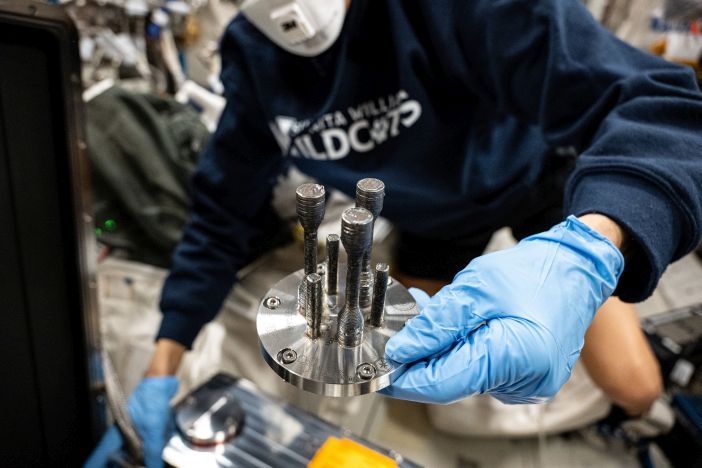
Professor Steven Collicott from Purdue University’s School of Aeronautics and Astronautics says, “If the tank is 100% full of liquid or 100% full of gas, then there is no slosh.”
In zero gravity sloshing when a liquid moves up one side of a tank, gravity doesn’t pull it back down. For the liquid to settle capillary physics is needed, where the wetting of the liquid on the solid surface and the surface tension of what Collicott calls the “liquid-gas interface” moves the liquid back into the equilibrium position.
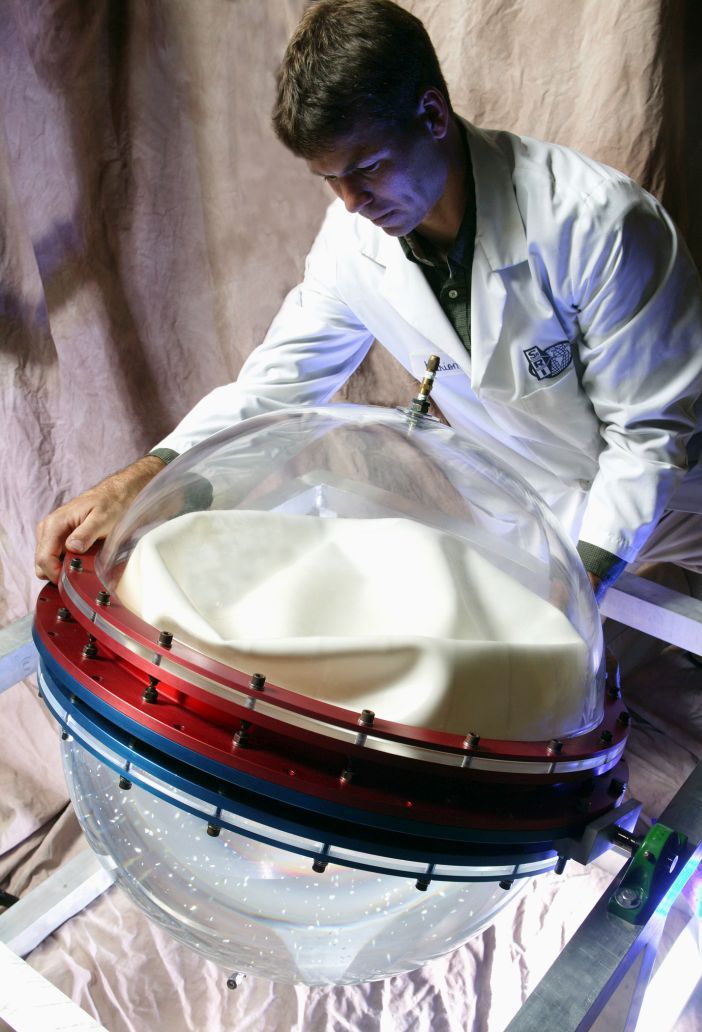
Evolving designs
Data from experiments like this inform spacecraft design. Sloshing liquids have safety implications because in zero gravity it can cause a spacecraft to move back and forth in highly unstable ways, leading to accidents that could be avoided.
NASA works with several industry flight providers to demonstrate technologies for space exploration, discovery, and the expansion of space commerce. To launch the researcher and their equipment they use suborbital launch vehicles – rockets – that reach high altitudes and may include periods of microgravity.
The flights can also use a modified aircraft to achieve 15 to 30 seconds of reduced gravity through a series of up-and-down maneuvers called parabolas. Parabolic flights can be used for testing technologies that need to operate in space or planetary environments, including lunar and Martian gravity. Lander vehicles that specialize in testing entry, descent, and landing technologies are also deployed.
NASA’s Flight Opportunities Program also supports flight testing on high-altitude balloons. These large balloon systems reach altitudes of about 30km (98,000ft) and typically sustain the longest duration of the suborbital vehicles, hours, days, or even weeks at a time. This suits them to experimental payloads that require extended periods of data collection.
Danielle McCulloch, program manager of NASA’s Flight Opportunities program says, “To address the critical capabilities needed for space exploration, researchers must advance their technologies as quickly as possible.
“Our program enables them to rapidly move from the laboratory to flight test, and in many cases multiple flight tests across different vehicles. This allows them the opportunity to learn from initial tests, implement improvements, and then fly again.”
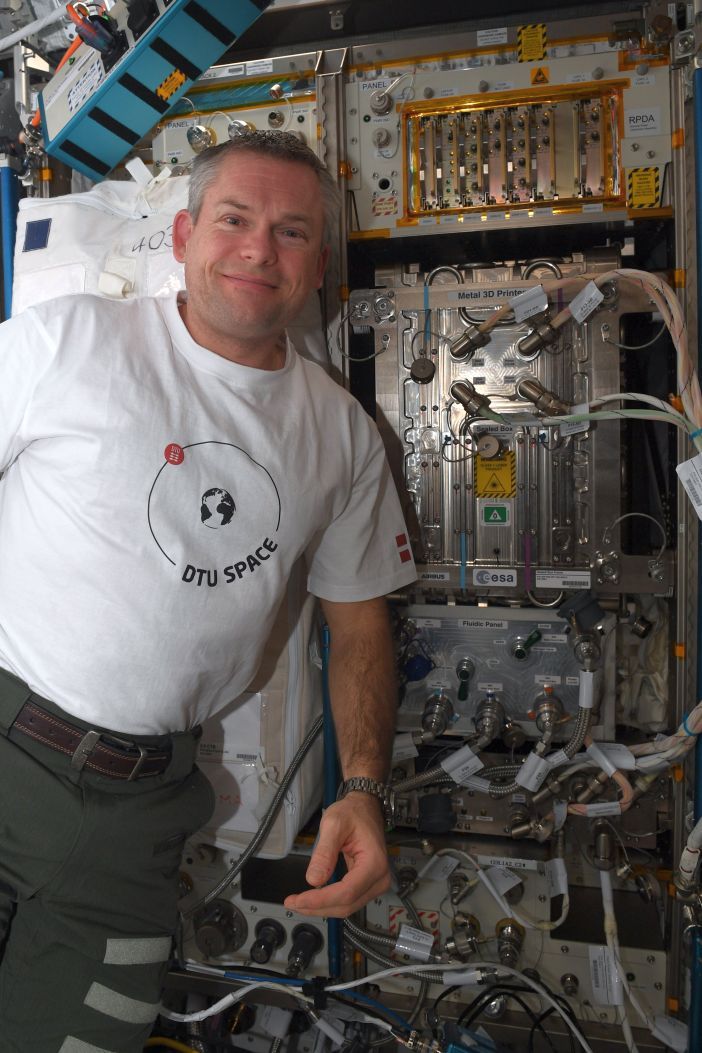
3D printing potential
Taylor Waddell, a pathways engineer at NASA and a PhD student at UC Berkeley heads up the SpaceCal project. He says that 3D printing could have many different uses in space. For example, an astronaut might need a dental crown, which could be made with a 3D printer.
He says, “We have demonstrated 60 different materials, making items such as nuts and bolts, structures, electronics casings, and other parts with this printer. We have silicones, hard acrylics, biogels, metal and glass printing capabilities. For example, SpacCal can make seals. Our focus has been on reducing mission risk as much as possible.”
Anthony Moody, a former researcher on the SpaceCal project says the team is happy with the results from the 3D printer. He primarily worked on its mechanical design, which focuses on the way geometries are achieved by rotating three parts. “A certain wavelength of light from a projector is used to activate the photo resin,” he says.
Researchers are using data from SpaceCal testing to analyze the accuracy of geometries and the quality of the printing. The data also shows the performance of the automated system.
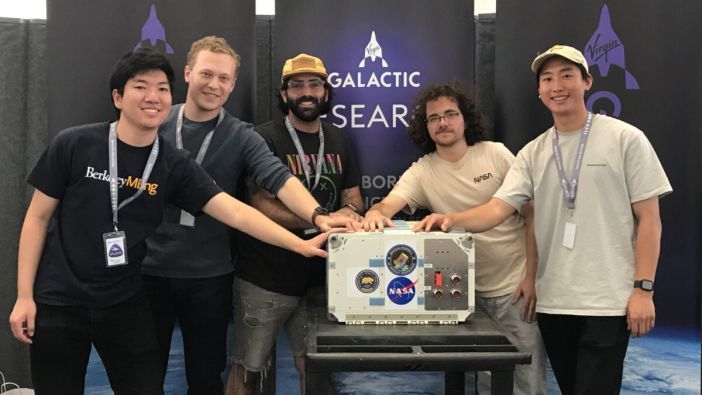
Moody emphasizes that the team cannot obtain this data from terrestrial testing, making the microgravity data invaluable. It helps improve parts of the printer’s design, such as the decision to add more vibration isolation.
Moody says, “We can then work out the cause of it for the next iteration. We aren’t restricted legally, but the research group likes to keep their public information controlled. You want to test in a controlled manner environment, and that’s the only way to achieve this.”
European printing
The application of 3D printing in space is also being tested by the European Space Agency (ESA), under contract by Airbus Space and Defence. Its printer uses metal for 3D printing, and it could be deployed to help maintain the International Space Station (ISS), a lunar base, a Mars habitat, or a commercial platform.
Rob Postema is from the ESA’s Low Earth Orbit (LEO) Exploration Group and is part of the team which during August 2024 printed the first 3D metal shape in space onboard the ISS. The metal printer in the ISS can print shales within the dimensions of a soda can.
Testing of the 3D printing process has involved verification of crew and ground procedures to operate the printer, and close monitoring of the printing process. The printing is done in layers, and each layer has a photo taken of it to understand the quality achieved. At the end of the printing process they get printed samples, which are analyzed upon the return to Earth to see if they are accurate and strong enough.
According to Postema sub-orbital flights provide minutes of microgravity, whereas on the International Space Station, the benefit is continuous microgravity. This is crucial because printing the first samples with the metal 3D printer took 25 days. Printing only occurs for four hours a day because of the noisiness of the printer. When in Low Earth Orbit, Postema says more can be done in comparison to when it operates in a suborbital environment.
He considers one of the next steps to be using artificial intelligence and machine learning to largely automate the printing process, which can be controlled remotely from Earth. He believes that one of the main challenges for engineers is to find the right balance between automation, activities by crew, and remote operations for 3D printing in space. As these projects are still quite nascent, there is still much to learn from the data samples provide when brought back to Earth.
Growth potential
Yet Waddell believes 3D printing in space will become commonplace because there are more private space stations being planned, including lunar and Martian habitats. 3D printing enables the production of things that people can’t predict before a mission and will be instrumental in creating permanent extraterrestrial bases. Meanwhile, the rate at which they are being used will increase because they are “such a useful tool for space exploration”.
While the analysis and research aren’t complete, the number of use cases for 3D printers in space will grow, and new industries might be born with it. Yet what will need to remain paramount is flight, astronaut, and research crew safety.
Zero g 3d printing moves beyond the lab
CosmicMaker, UK-based 3D printer-maker Photocentric’s patented printer for zero gravity environments has been tested by full
contra-rotational 360° movement in the laboratory. It is now moving to the next step, printing in simulated zero gravity, which will be achieved in a rocket or spaceplane.
The printing process will take place continuously throughout the brief window of microgravity. The printed part will be examined back on Earth to see how it performed under near to zero gravity conditions.
Photocentric has successfully printed highly accurate objects using their patented Liquid Crystal Display (LCD) driven process which uses monochrome LCD screens, specifically created for 3D printing. One innovation is to use visible light curing polymer that enables far greater light to be emitted through the screen and create more curative energy.
The longer wavelength light is also better at curing in particle-rich formulations. With 10in (25cm) LCD screens, and a resolution of 22 microns, the 3D printing leaves the final parts looking like injection moulded ones. Although successful on Earth, printing in the company’s rotational jigs doesn’t necessarily mean the process will be successful in space, so the first flight test represents a key milestone for the company that Photocentric’s space team is confident will be achieved.
Q: How do you flight test a 3D printer during a suborbital flight?
A: In a similar way to traditional space flights. We develop requirements. The power we need, what forces exist, what we need to survive.
We then design the printer to meet those requirements, and move from the development phase to testing and the experimental side. Eventually, it’s about how the device will fit into the spacecraft and the launch.
For us a challenge was about funding when establishing the requirements. The project also had to happen within nine months. It’s mostly about making sure things are done right in the time you have. Normally these experiments take around two years to do.
There are many different fields of engineering coming together on a project like this, such as electronics engineers, optics engineers, structural engineers, chemical engineers, and material scientists. It’s essential to have these different skills.
Partners are important as well, they bring a lot of outside thought. You go through review stages, whereby partners review your processes while keeping a bit of distance.
The rate at which 3D printers are being used is going to keep growing as they are such a useful tool for space exploration. The use cases will keep growing as the processes are better understood in microgravity.
– Taylor Waddell, pathways engineer at NASA, PhD student at UC Berkeley and project leader of SpaceCal
